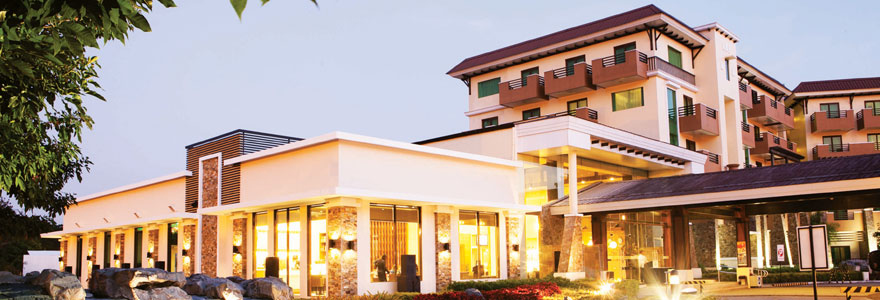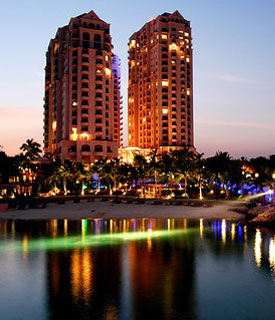Brief History of Pampanga by: Joas Chavez
Pampanga, which derives its name from “pampang” or “pampangan” (river bank), is a rich and fertile valley in Central Luzon. On the western and northwestern side rise the foothills of the Zambales range. To the west, covering almost one-fifth of the land, grow the thick nipa groves of the Candaba swamps.
The French historian, J, Mallat, in his Les Philippines, (Paris, 1846) aptly called this land of Pampanga “ plus ballet et plus riche de Philippines” (the most beautiful and the richest in the Philippines). Except for the majestic Mount Arayat, the land is one fertile plain. Its soul has made it one of the principal sugar and rice producers in the country.
Plains and Valleys attract civilized settlers, and colonizers are no exception. The Spaniards, who came to the Philippines in 1521 no doubt, made a survey of this land, which is accessible, both by land and by sea. Access from the sea is the navigable delta which one enters from Manila, an older settlement, through southern Pampanga. Until before the war steamboats plied this channel up to the Guagua pier just a short distance from the town plaza.
In the days of the conquista, Pampanga had a much wider land area that id does now. Soon after Martin de Goiti subdued the Pampanga revolt of 1571 Pampanga became province. It included parts of Nueva Ecija., and Bataan, specifically Dinalupihan, Hermosa, Orani, Samal, Balanga, Abucay, Pilar, and Orion. Through the years the province was reduced from time to time. Up to now Pampango is spoken as far as west as Dinalupihan, Bataan and south in Calumpit and San Miguel de Mayumo in Bulacan.
Pampanga has been so rich that even careless farming has not impaired its productiveness. For decades it was land of landed aristocrats, wealthy families whose main income derive from rice and sugar plantations. Here the Spaniards made inroads as priest and soldier. They opened the province almost simultaneously as the did in Manila, making friends with the provincial rich and the middle class, and erecting convents, parochial schools, and churches. By 1600 Pampanga could boast have 15 convents and one royal college administered by the Jesuits.
H. Otley Beyer, in his collections-Philippine Folklore, Customs and Beliefs” traced the origin of the Pampango stock and dialect, dating as far back as 300 to 200 B.C., to Malayan ancestors in relation to the Madjapahit Empire. Mariano Henson quotes Father Francisco Colin, S.J., who thought that the Pampangos came from Borneo and Sumatra. Dr. Luther Parker, an early American educator who lived in Pampanga, had another version. According to Dr. Parker, the Islands were formerly inhabited by
Negritos ruled by a king or ruler named Dulum. Then several datus who purchased the land were the ancestors of Malang-Balagtas who established themselves in Pampanga. Malang-Balagtas was a Mohammedan who was converted to Christianity, and was recognized by the Spaniards as one of the wealthiest and most influential men of the island.
Today the cultural ties of the Pampangos with the Malays and Indonesians are much in evidence in such common words, as “nasi” (rice), numerals such as isa, adua, atlu, (one, two, and three), minum (drink) and payung (umbrella), to mention only few. The Pampango word tulak (to push) is torak in Malay. Babi is pig in both Pampango and Bahasa. .

